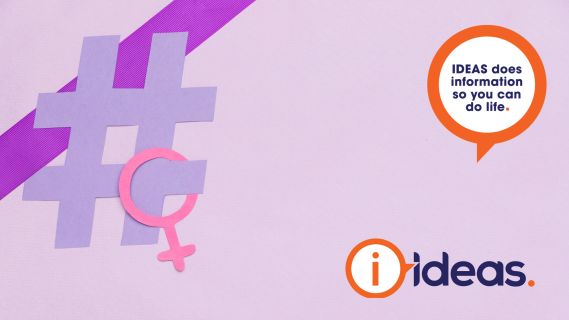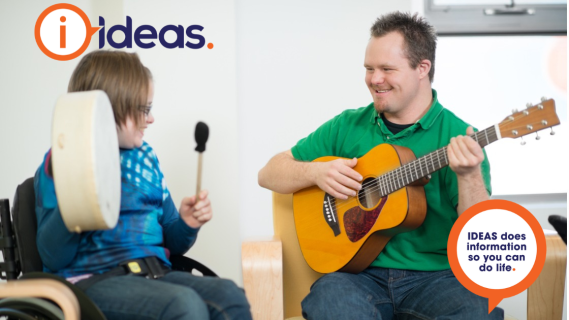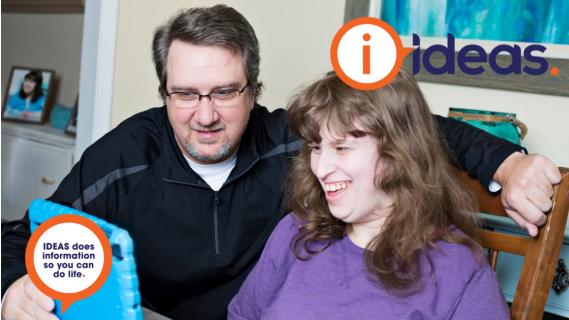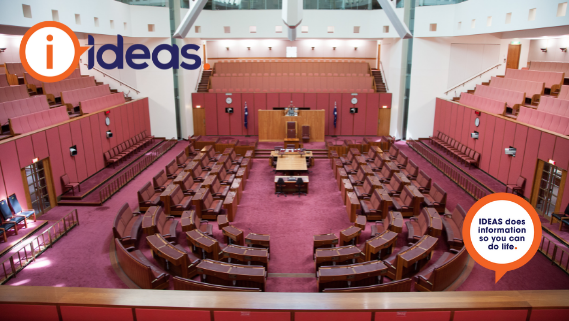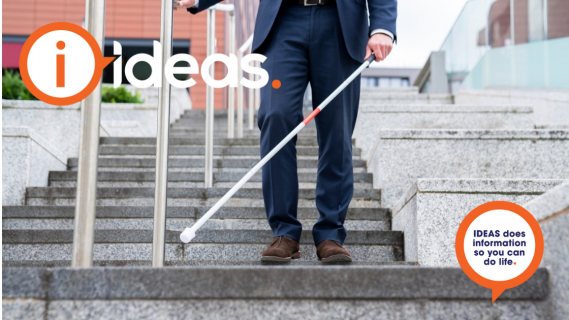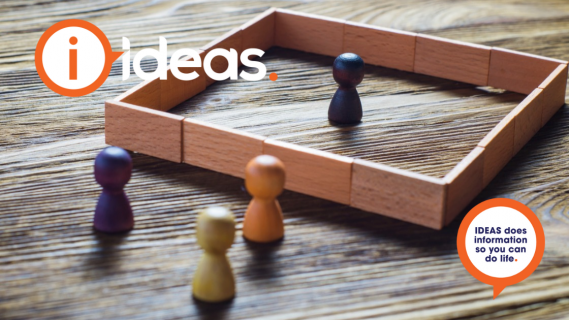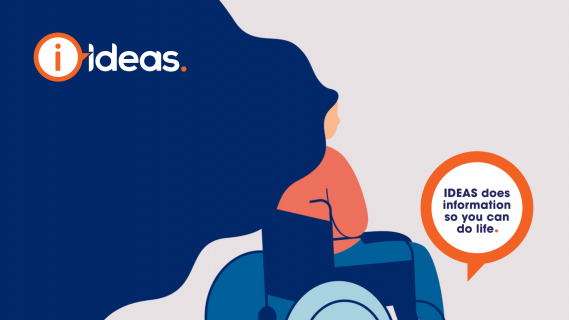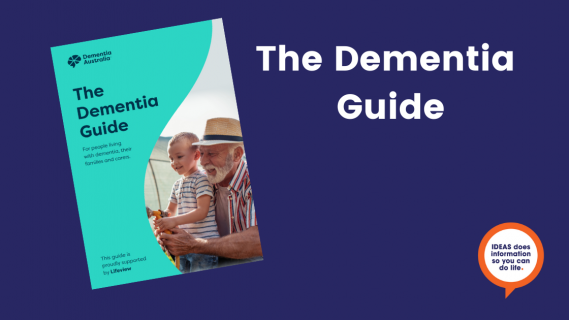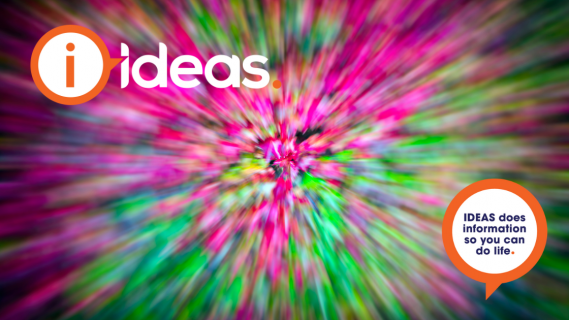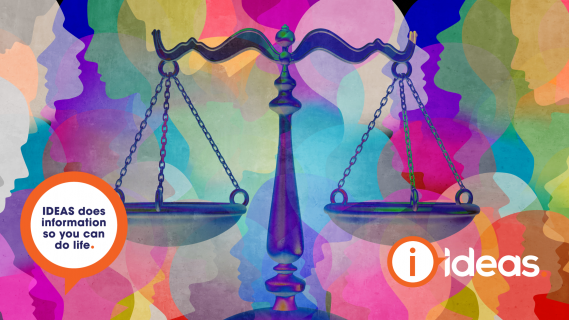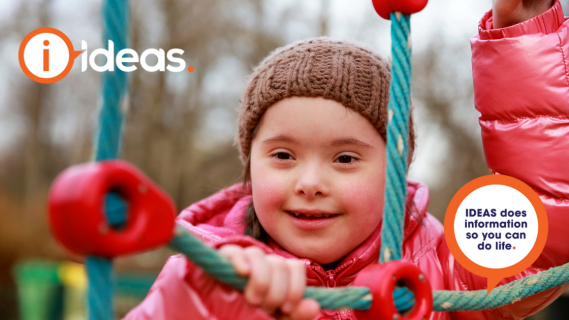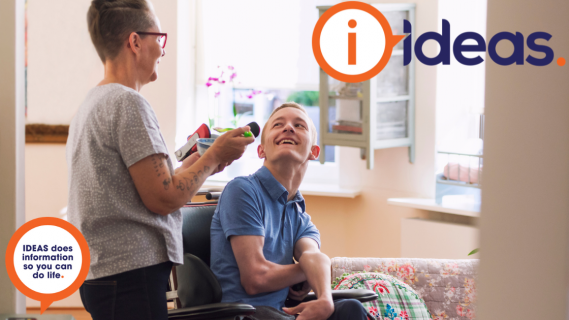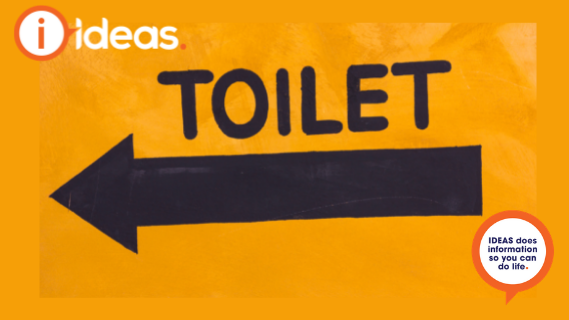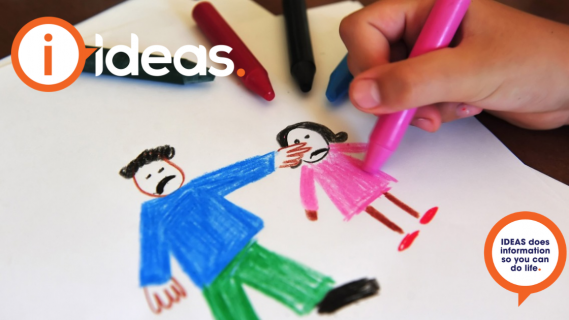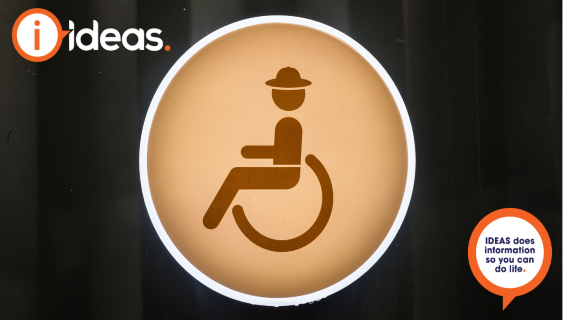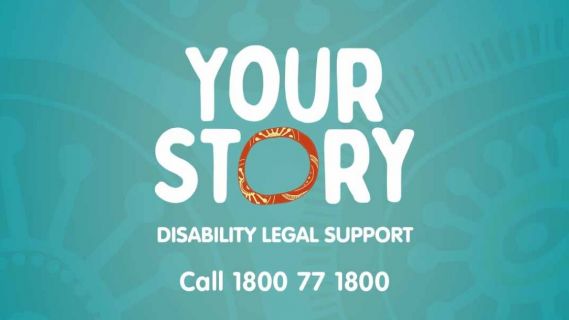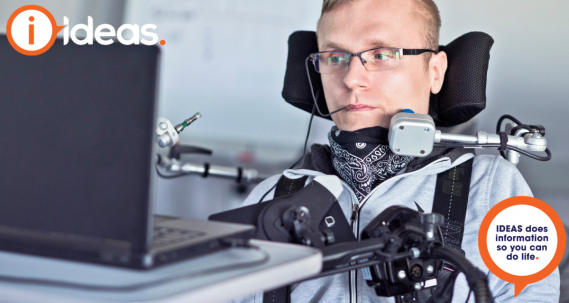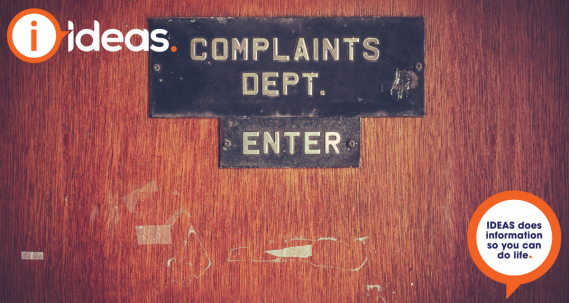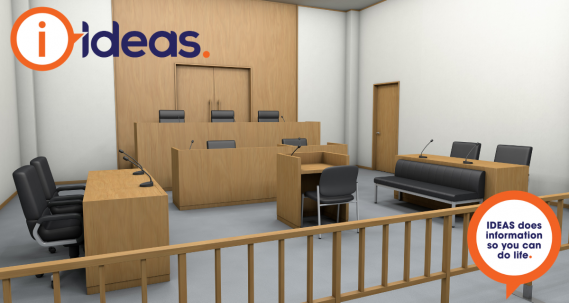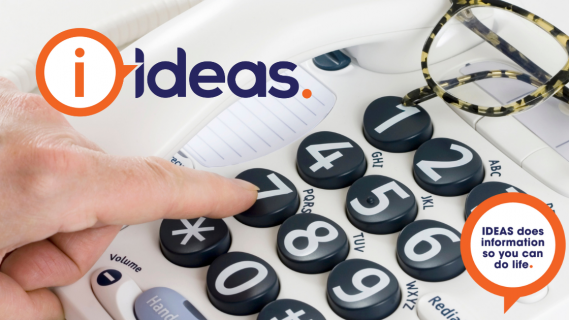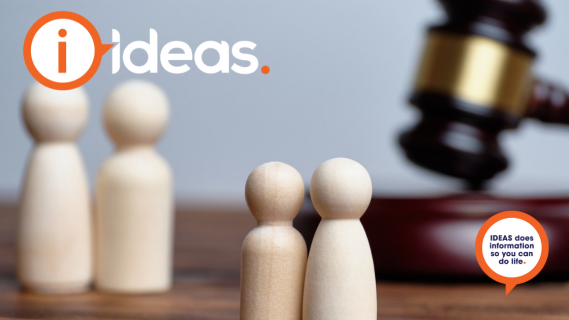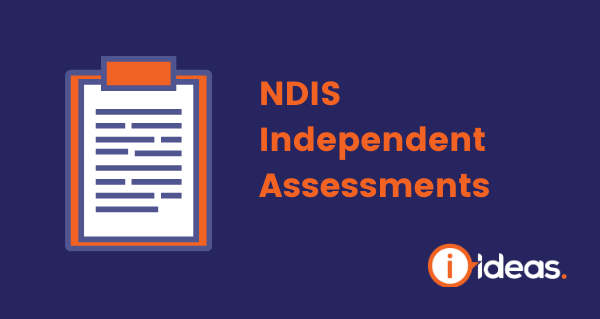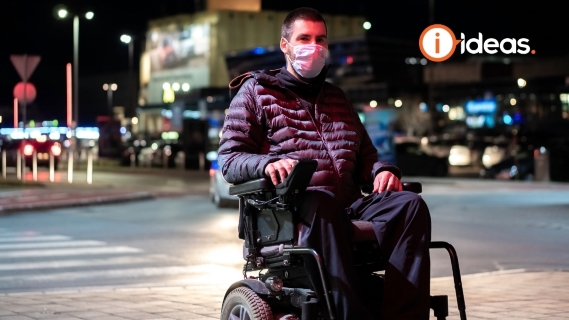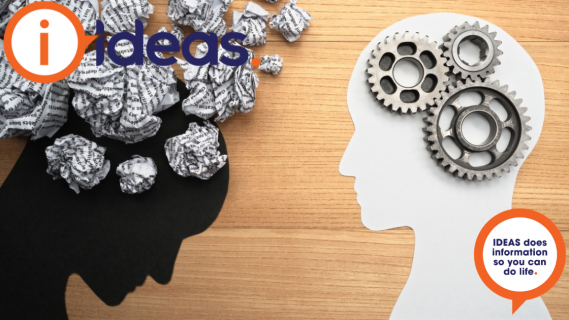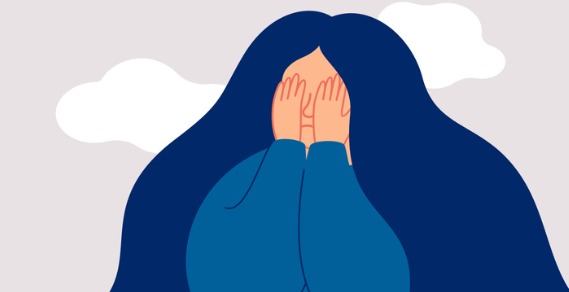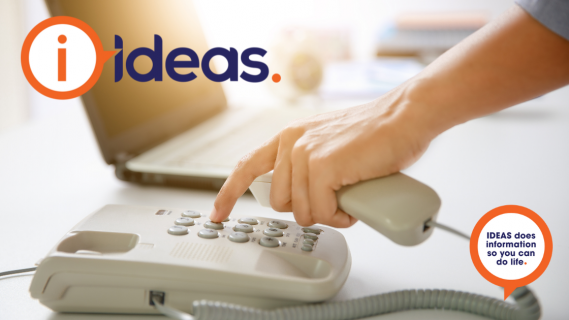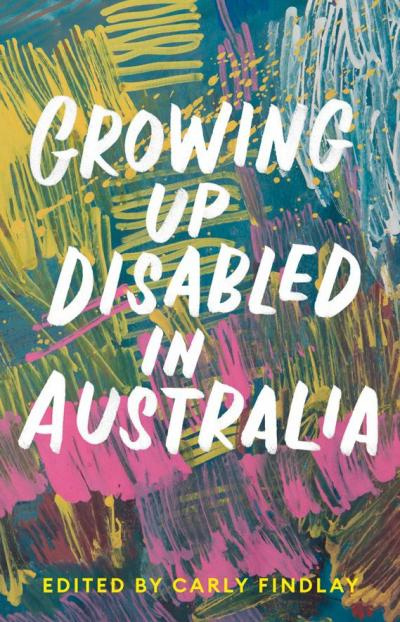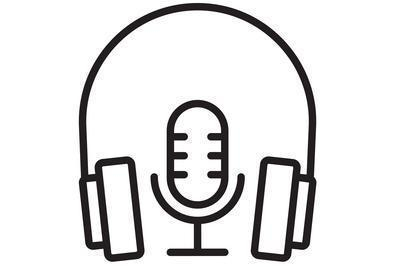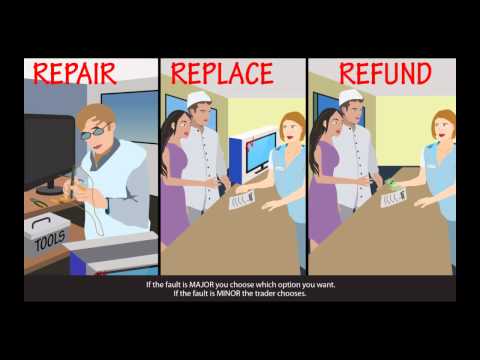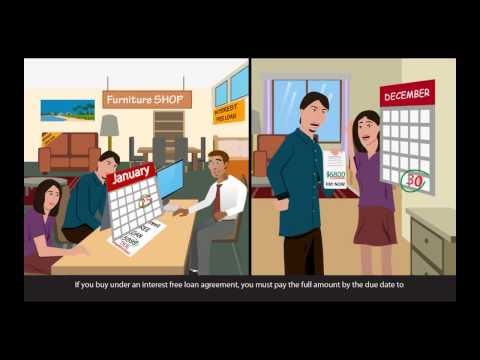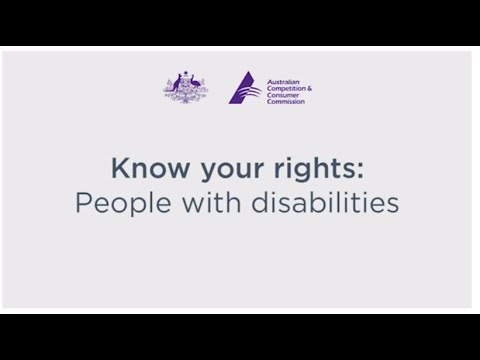Being verbally abused by random strangers in car parks shouldn't be a thing people with disabilities should have to deal with daily. But it is.
This happens when people wrongly assume that to be "disabled", they must have some visible difference, i.e., use a wheelchair, carry a white cane, use an assistance dog, walk with a distinctive gait or limp, or display some other obvious sign of disability. Unfortunately, disability isn't always visible, and so people with disabilities rightfully using their mobility parking passes are sometimes challenged by irate people (with the best of intentions) for parking in accessible parking spaces.
"It doesn't seem to matter that my Australian Disability Parking Scheme pass is clearly displayed in my windscreen. I still get abused and am forced to defend myself on a regular basis just for using the systems put in place to help me, to make things easier."
Invisible disabilities (or hidden disabilities) are defined as disabilities that are not immediately apparent. Many people find it hard to understand that disability can exist even if it is not evident in a visible way. The list of invisible disabilities is endless but includes psychosocial disabilities such as depression, bipolar disorder, schizophrenia and anxiety disorders, and post-traumatic stress disorder as well as conditions like Epilepsy, MS, Rheumatoid arthritis, Chrohn's and Coeliacs disease, Autism, Ehlers Danlos Syndrome, Irritable Bowel Syndrome, Endometriosis, Diabetes, Lyme disease, migraines, Inflammatory Bowel Disease, Hypoglycemia, HIV/AIDS, Chronic Fatigue Syndrome, Cystic Fibrosis, ADD/ADHD, intellectual and learning disabilities, and other associated conditions.
People are quick to make assumptions regarding disability. The inability to "see" disability, the absence of "visible" supports such as canes and wheelchairs, can compound such thoughts. People with visible disabilities can face barriers to fair and equal access and discrimination. People with an invisible disability can face discrimination or may not utilise their entitlements for fear of abuse from public members.
So returning to my personal experience at the beginning of this article, there are challenges for people with an invisible disability. The common threads are discrimination, abuse, misunderstanding, ignorance, and invalidation. It is time for these trends to be tempered and for stereotyping and assumptions about other people to stop. Not all blind or visually impaired people have a guide dog or use a cane, not all D/deaf people wear visible hearing aids, not all people with physical disabilities use wheelchairs. Not all disabilities are permanent or easily discernible to an outsider. Some people living with an invisible disability can still be active in their day-to-day activities, be it work or leisure, while for others, it is a daily struggle. Some days are better than others. Not every disability is visible; some indeed are invisible.
Think Outside the Chair
#thinkoutsidethechair is a collaborative movement and campaign designed to challenge and change the current thinking around disabilities. This initiative seeks to inform, engage and educate to see all Australians live harmoniously in communities that celebrate inclusion and diversity to see beyond the chair because Not All Disabilities Are Visible.
The public is being encouraged to download, print and display a new symbol that includes all disabilities, whether they are visible or not.
Marni Walkerden, who created the campaign, said the new symbol and accompanying hashtag #ThinkOutsideTheChair would be placed beside the current symbol in public spaces. As a result, the general perception of what a disability means and looks like would hopefully be bolstered.
As with similar incidents reported recently, Ms Walkerden's situation began in a car park when she began using a mobility parking permit. However, even with this being displayed, she had people querying her use of designated accessible parking spaces. She wants to raise awareness and help people to challenge their own internal biases and assumptions.
Currently based in NSW, there is optimism that it will expand nationwide and eventually become a global entity. First, however, there needs to be the realisation that not everyone with a disability is in a wheelchair.
Internationally, there are initiatives such as using a lowercase 'i' on a driver's license to indicate a disability or wearing a badge that says 'Please offer me a seat", to help reduce the misunderstandings currently held by people in the wider community.
Information Sourced from
Think Outside the ChairAruma - Invisible Disabilities are not rareABC News article on Car Park ConfrontationABC News Article on Marni Walkerden



